EBP readies power grids for energy transition
The transformation of our energy sector is gaining momentum and will have a major impact our cities in the coming decades. Electric vehicles, heat pumps, photovoltaic installations and storage systems can be expected to play an ever more important role in our energy system, as we strive to reach the goal of carbon neutrality. The many challenges we face along the way include modernizing of our power grid to accommodate new loads and diverse sources of locally produced power.
“Detailed scenarios are an essential tool for planning future power grids.”
In the framework of an enterprise initiative to promote innovation, an interdisciplinary team of experts at EBP has undertaken to address the issue of readying our power grid for successful energy transition. The goal was to develop a method of accurately representing what local energy producers and consumers will need to do to enable our society to achieve carbon neutrality, a state of net-zero greenhouse gas emissions, by 2050. The scenarios developed by the EBP team enable energy suppliers to plan the power grids of the future, while also providing a basis for cities and other municipalities to devise their future energy strategies.
How much power will we need in the future? And will local sources come into play?
Using the Swiss city of Thun as an example, the EBP team simulated the development of the relevant factors up until the year 2040 to derive the requirements that power grids will need to meet in the future. “The extent to which the goal of carbon neutrality can be expected to influence power grid modernization depends on current local circumstances and the future development of the technologies behind electric vehicles, heat pumps, photovoltaic installations and energy storage systems,” says Silvan Rosser, Manager of the EBP Innovation Project.
“We need to ask ourselves a range of very pragmatic questions. What would be the best approach to charging our electric vehicles in the future? What charging capacities will need to be available at private and public charging stations? What improvements can we make in terms of energy efficiency, for instance, when it comes to heating and cooling our buildings? And to what extent can we exploit the roofs of the buildings we live in as a source of power?” says Hanspeter Abegg, Team Leader Electrical Engineering at EBP.
“Electric vehicles, photovoltaic arrays and heat pumps will play a key role in our efforts to achieve carbon neutrality.”
Local and cantonal differences
The EBP team determined that the transformation of the energy sector will also depend to a large degree on political decisions. For instance, where exactly are publicly available charging stations for electric to be developed? Will public funding be used to incentivize photovoltaic installations and energy storage systems? Will specific fuels be prioritized based on geographical considerations?
“It’s therefore essential to take account of cantonal and local differences. Indeed, the transformation of the energy sector is not proceeding at the same pace throughout Switzerland. For instance, electric vehicles are far more popular in affluent urban areas with a higher percentage of college-educated adults,” says Michel Müller, expert in energy strategies and concepts at EBP. Cantonal programs to incentivize heat pumps and photovoltaic arrays are also playing a role. Some communities are even aiming for net-plus-energy systems.”
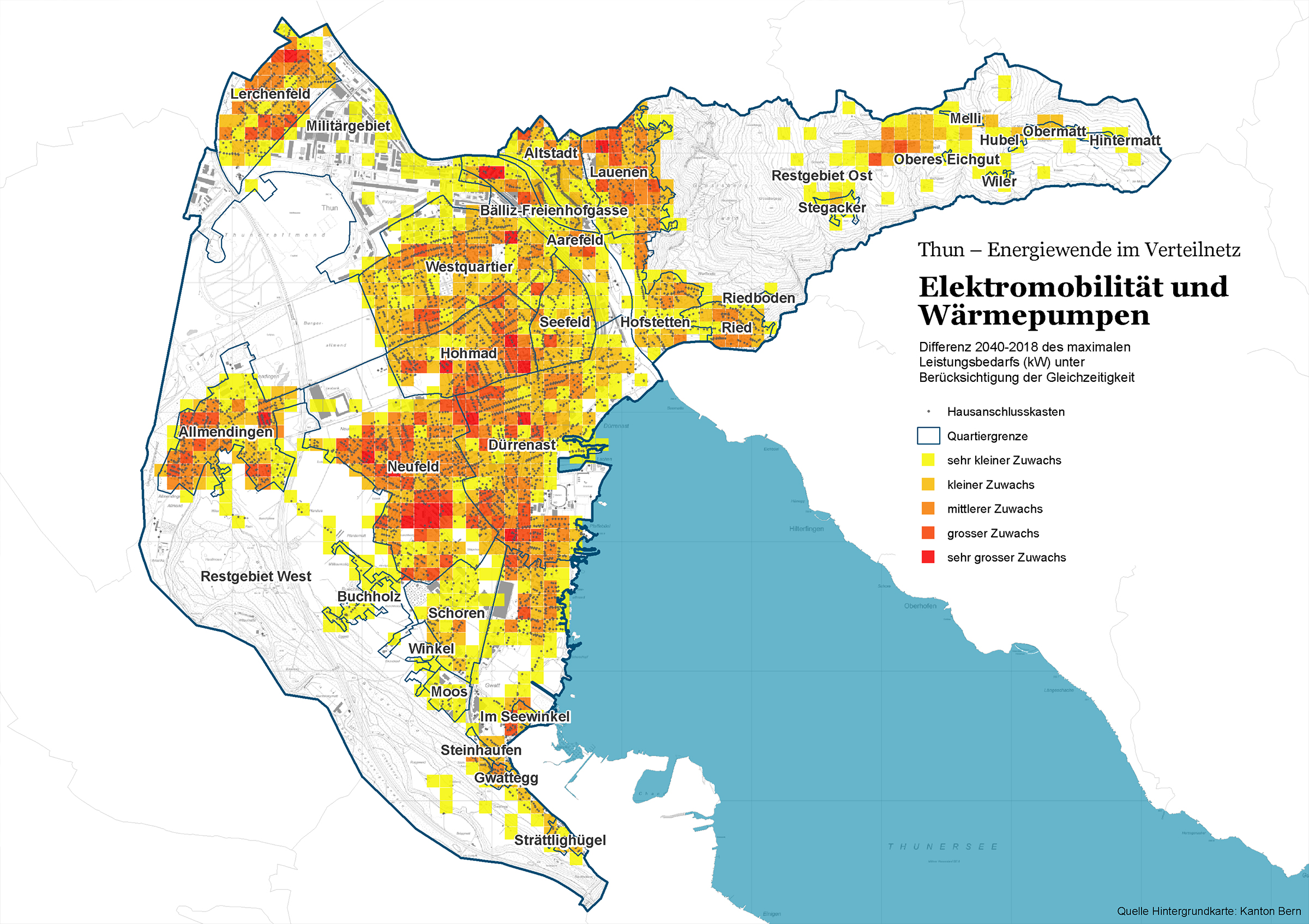
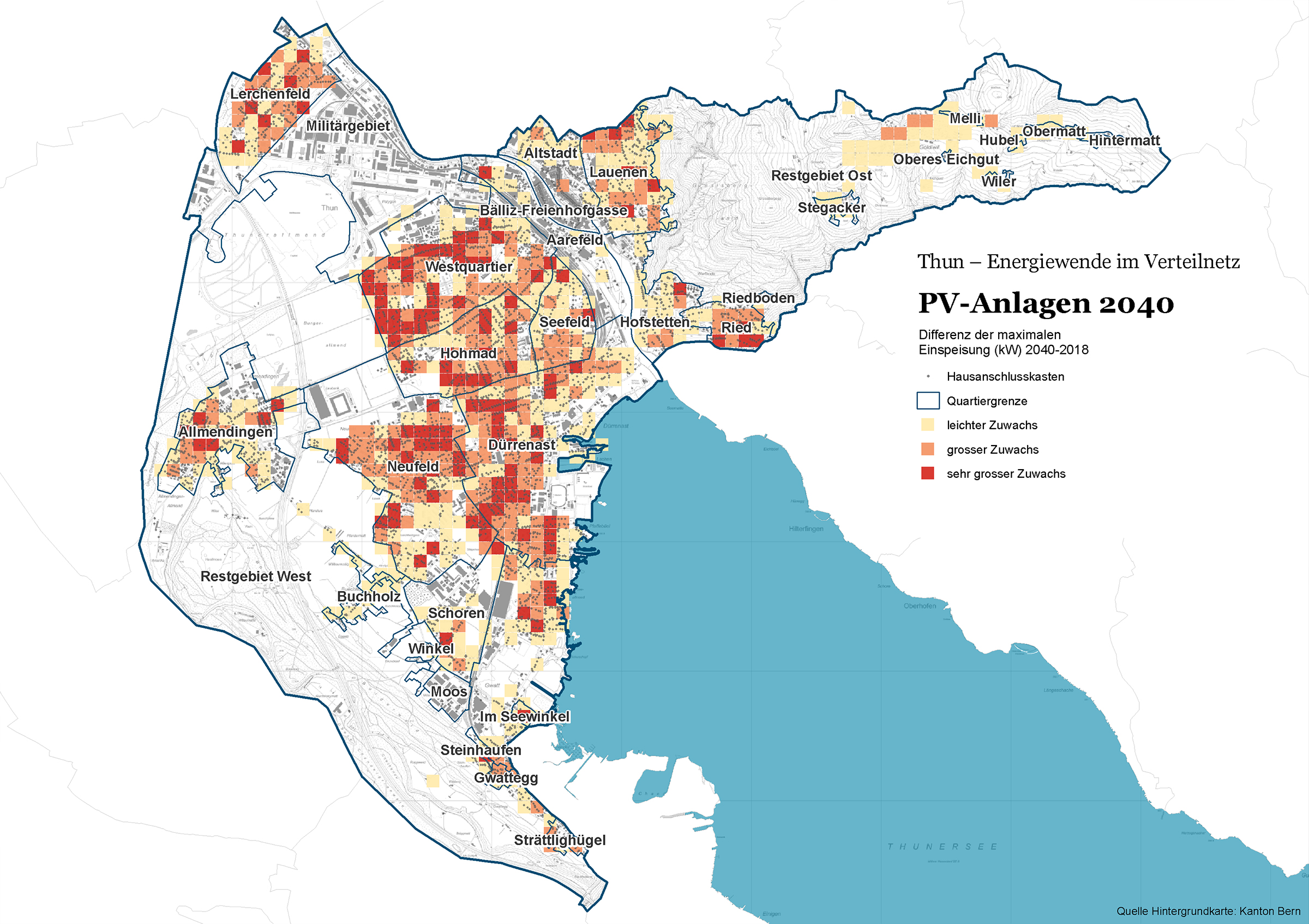
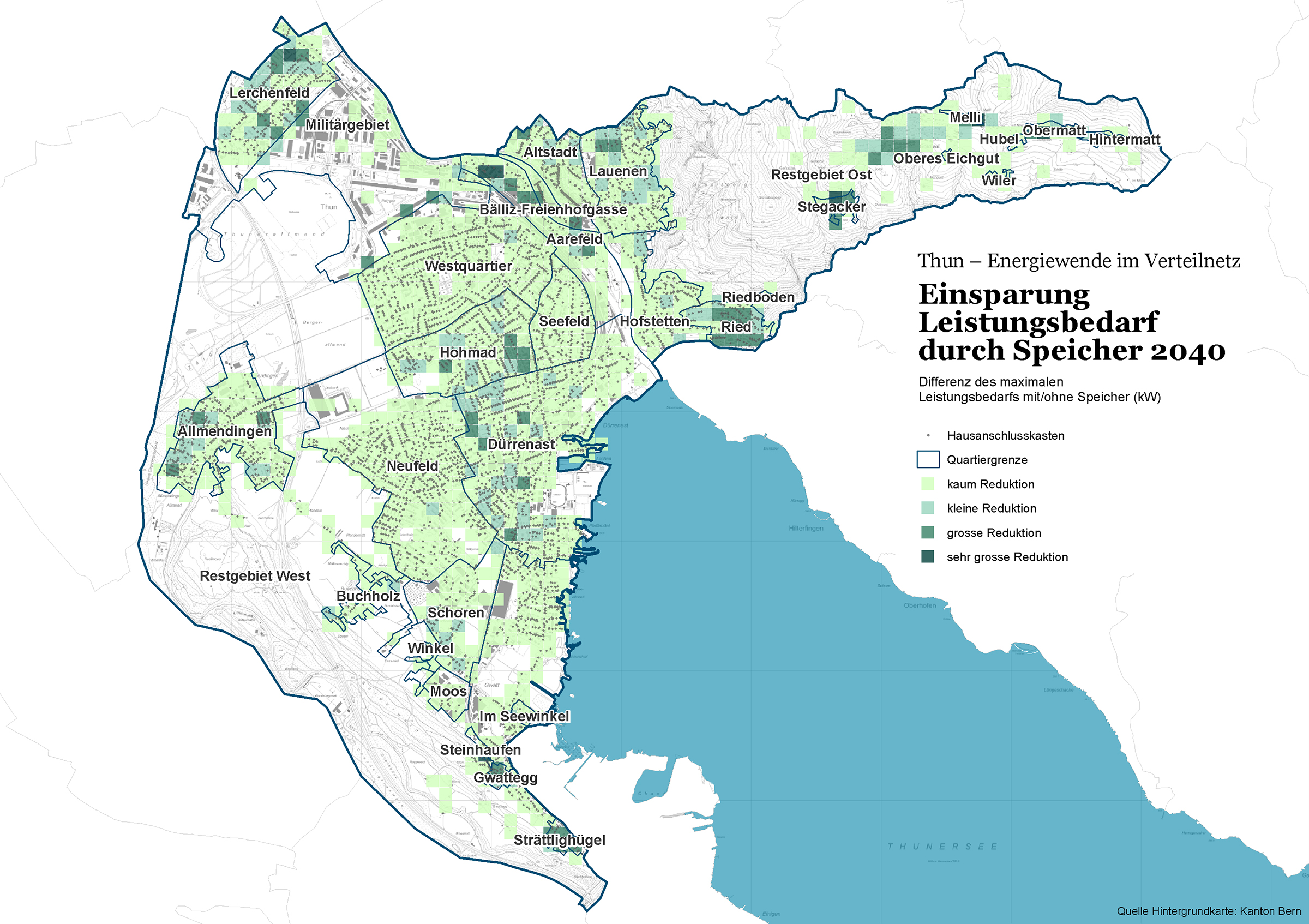
Mapping the energy transition
“We need detailed scenarios to depict the transformation of the energy sector and the impact that carbon neutrality will have on our power grids. Such scenarios represent an important quantitative base for planning future power grids,” says Silvan Rosser by way of describing the innovation team’s approach.
The EBP specialists developed a method of representing the energy-sector transformation in fine-meshed hectare grids (100 x 100 meters) and quantifying the impact on distribution networks. This mapping approach is based on scenarios for Switzerland and SynPop, a synthetic population that EBP developed for Switzerland.
Planning for smart future grids
Simulating the energy transition in hectare grids enables the team to answer key questions:
- When can we expect critical situations to arise in low-voltage networks?
- Where are the major bottlenecks in the power grid?
- How much storage capacity is necessary to minimize grid expansion?
- What impact can load management and smart-charge measures be expected to have? To what extent do loads need to be offset and supply reduced?
Interested in learning more?
Please contact us at any time if you would like avail yourself of detailed and accurate maps to prepare for the continued transformation of the energy sector and to help your city or grid community achieve carbon neutrality.
Project team

Silvan Rosser
silvan.rosser@ebp.ch
Philipp Deflorin
philipp.deflorin@ebp.ch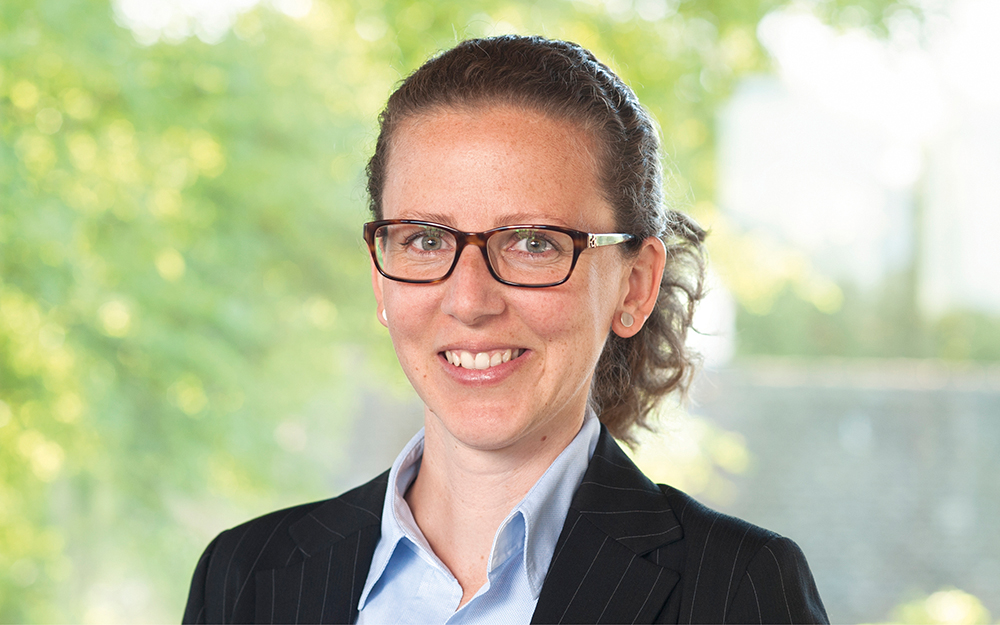
Sabine Perch-Nielsen
sabine.perch-nielsen@ebp.ch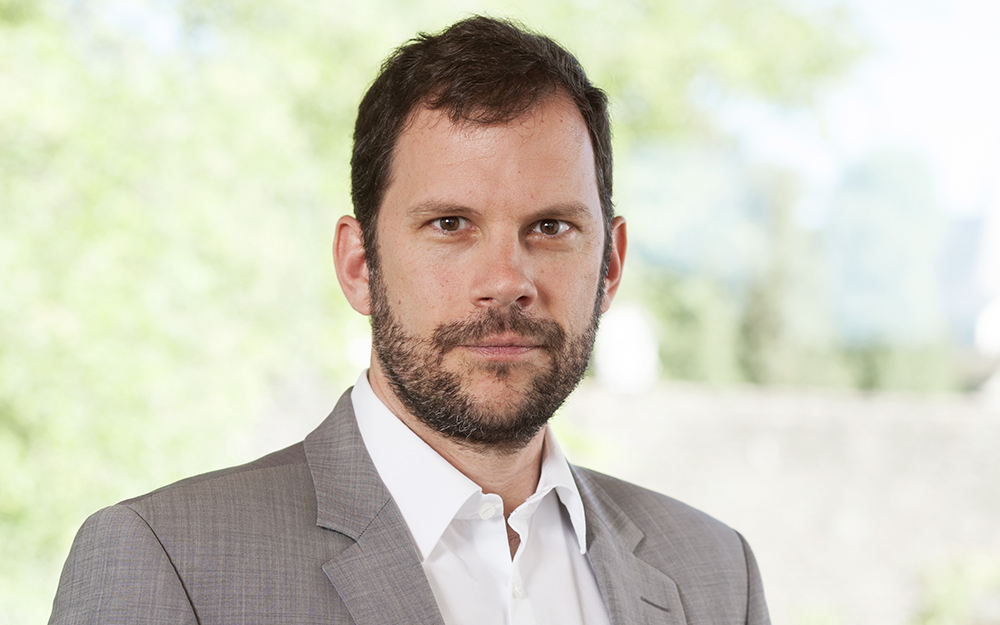
Michel Müller
michel.mueller@ebp.ch
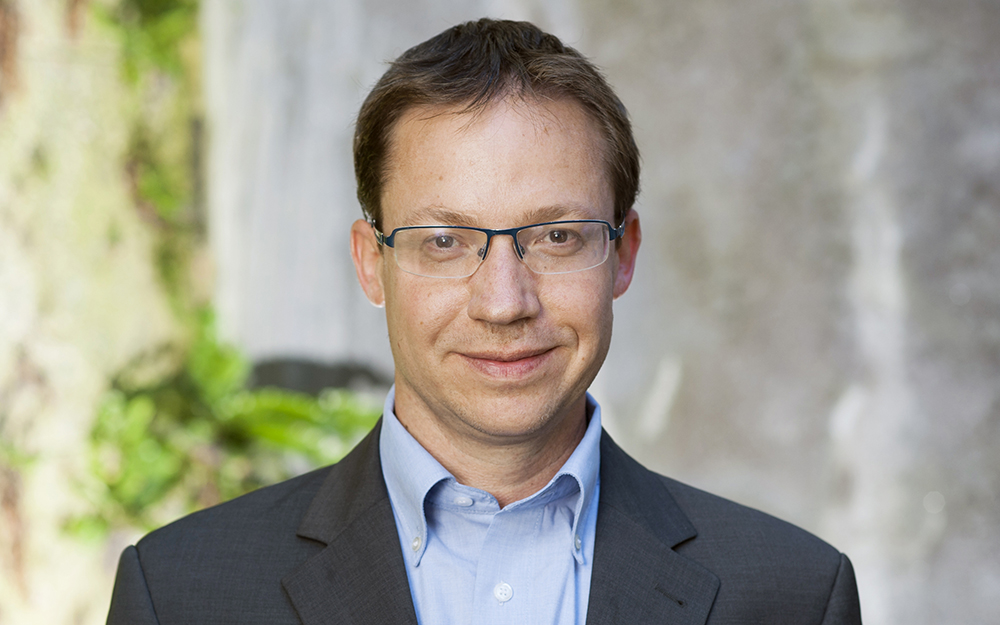
Christof Abegg
christof.abegg@ebp.ch
Oliver Blank
oliver.blank@ebp.ch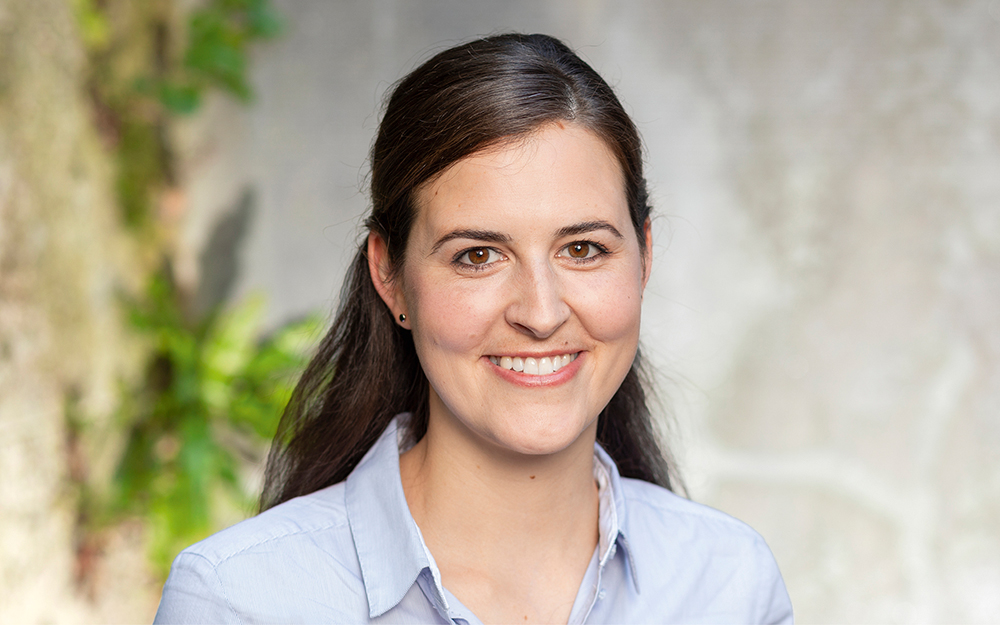
Anne Wegmann
anne.wegmann@ebp.ch
Ralph Straumann
ralph.straumann@ebp.ch